Market Share
Liquid Silicone Rubber Market Share Analysis
Market share positioning strategies play a crucial role in determining the success of businesses, including those in the Liquid Silicone Rubber (LSR) market. In this highly competitive industry, companies employ various tactics to gain a larger portion of the market share and establish themselves as leaders in the field.
One key strategy involves product differentiation. By offering unique features or characteristics, companies can distinguish their LSR products from those of competitors, thereby attracting customers seeking specific benefits. Whether it's superior durability, enhanced flexibility, or specialized applications, emphasizing distinct qualities helps companies carve out their niche in the market.
Moreover, pricing strategies play a significant role in market share positioning. Some companies opt for competitive pricing, aiming to capture market share by offering their LSR products at lower prices than competitors. This approach can be particularly effective in price-sensitive markets where consumers prioritize cost efficiency. On the other hand, premium pricing strategies target customers willing to pay more for perceived higher quality or added value, allowing companies to position themselves as premium brands and capitalize on a different segment of the market.
In addition to product and pricing strategies, effective marketing and distribution channels are essential for gaining market share in the LSR market. Companies invest in robust marketing campaigns to raise awareness about their products, highlight their unique selling points, and engage with potential customers. Utilizing various channels such as digital marketing, trade shows, and industry publications enables companies to reach their target audience effectively.
Automotive application witnessed a healthy growth owing to high growth in automotive production.
Furthermore, establishing strong partnerships and collaborations can significantly impact market share positioning. Collaborating with distributors, suppliers, or manufacturers can broaden companies' reach and facilitate access to new markets or customer segments. By leveraging the strengths of strategic partners, companies can enhance their competitive edge and gain a larger foothold in the LSR market.
Another crucial aspect of market share positioning involves customer relationship management. Building strong relationships with customers through exceptional service, personalized experiences, and effective communication fosters loyalty and encourages repeat business. Satisfied customers are more likely to advocate for the brand and contribute to its market share growth through positive word-of-mouth recommendations.
Moreover, continuous innovation and product development are essential for staying ahead in the competitive LSR market. Companies that invest in research and development to enhance existing products or introduce innovative solutions can attract customers looking for cutting-edge technology or improved performance. By regularly introducing new products or upgrading existing ones, companies can maintain relevance in the market and expand their market share over time.
Additionally, geographical expansion and global market penetration are key strategies for increasing market share in the LSR market. Companies that expand their presence into new regions or target international markets can tap into additional revenue streams and diversify their customer base. This expansion requires careful consideration of local regulations, cultural differences, and market dynamics to ensure successful penetration and sustained growth.

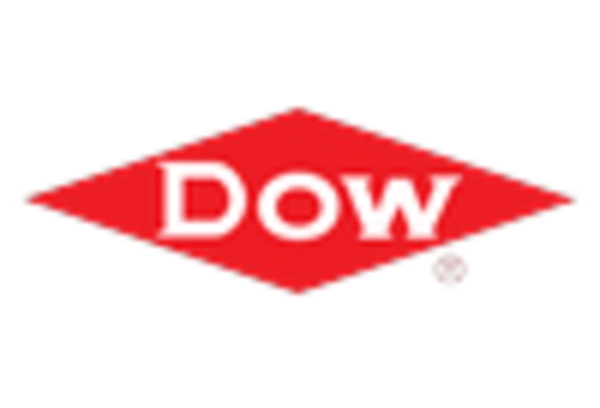
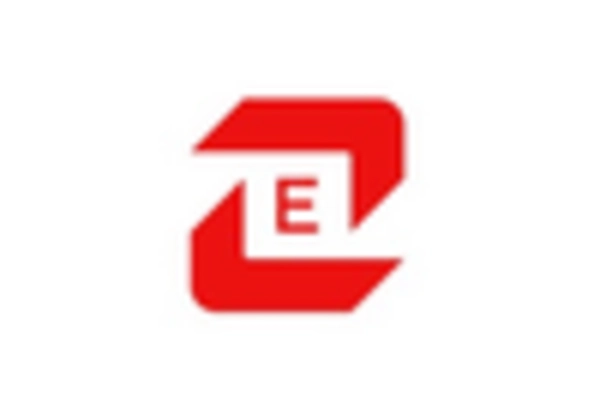
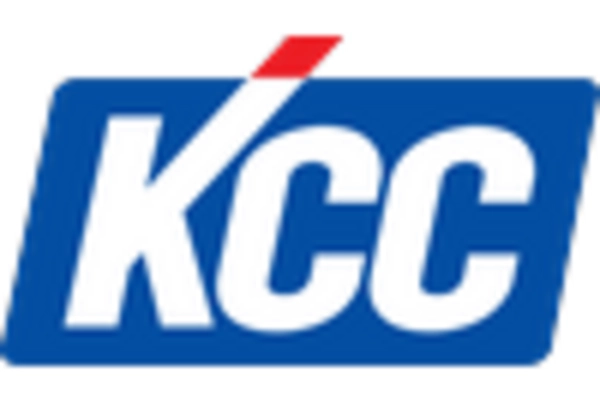
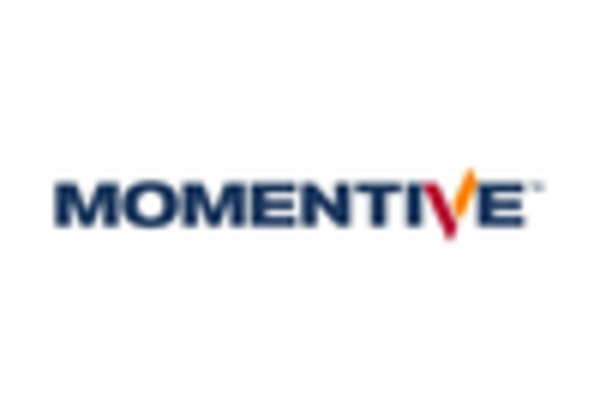
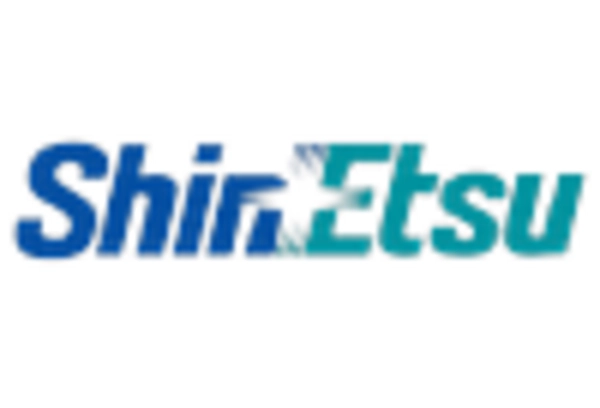
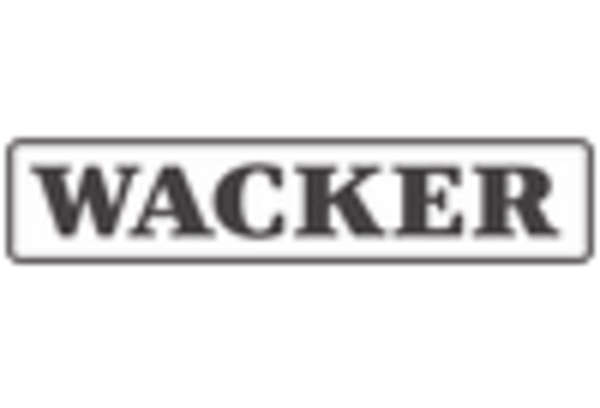









Leave a Comment